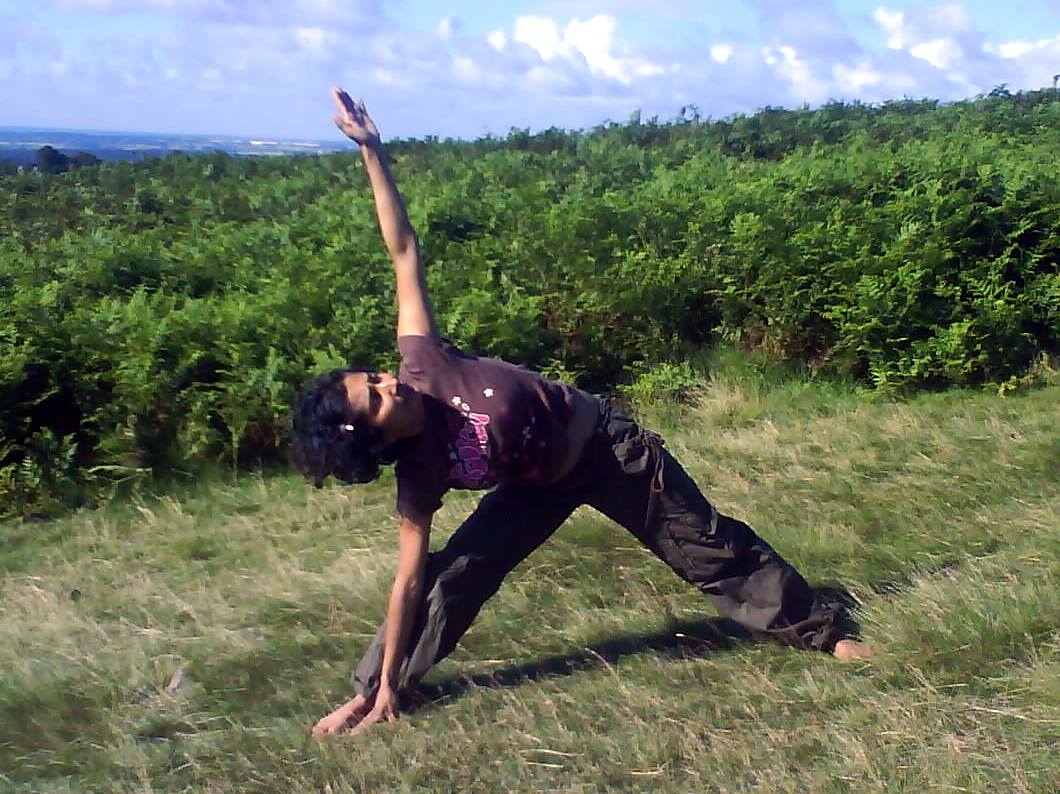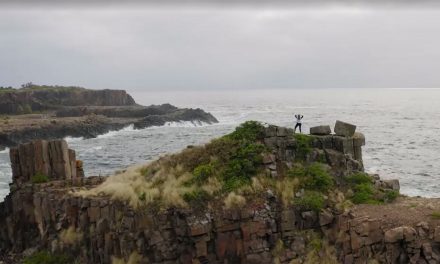
My friend Bharti is a healer.
You know how sometimes when you need it most, a new friend comes along who just has so much to show you about life (and yourself)? Bharti is one of those friends.
Not long after I met Bharti, my happiness took one of those downward turns that it sometimes takes. I spent a lot of time alone in my room in those days, but when Bharti would visit she would draw me out with her calming, uplifting presence. She always knew the right things to say to change my perspective on things and offered practical advice for looking after my mental health. When I was really lucky, Bharti would visit during her craniosacral therapy course and practice on me.
So what does all this have to do with hiking? Well, Bharti is always on the hunt for new clients (as any therapist would be) and I was wondering if I might be able to give her something back by getting the word out to my lovely readers. I got to thinking about how her therapy might specifically benefit hikers, and also how it would work well in conjunction with hiking to help hikers be happier and healthier.
Recently, I went to visit Bharti at her treatment room at The Mandaway Centre in Montmorency. I thought I’d have a treatment and get a taste of the service she provides her usual customers. I walked into her treatment room anxious, stressed, and a bit stiff from a recent hike… I walked out feeling physically, mentally and emotionally renewed. It was the single best massage I’ve ever had in my life.
Bharti personalises each treatment for the specific needs of the client, so we had quite a detailed consultation where I filled her in on not only where I had pain and stiffness, but everything else that was going on in my life at the time.
From there my treatment is a bit of a blur. The remaining 75 minutes or so was just complete and utter bliss. Bharti tells me it was a combination of myo-fascia release work, sports massage on the feet, calves and glutes, acupressure and Indian head massage. We finished the session with a 5-minute meditation on body awareness. I didn’t walk out of that treatment room, I floated.

After experiencing this, I still wasn’t sure be able to properly address my thoughts on how Bharti’s treatment could benefit you guys, so I sent her a quick e-mail interview…
My treatment was amazing, and not like any other form of massage I’ve ever had before. Is your style unique?
I like to think my style is unique. I believe strongly in the Mind–Body connection. Despite having over 15 years of experience, I am still learning about the Intelligence of the body.
My treatments are guided by how my clients wish to feel after their session. My aim is to make them feel their needs have been addressed; that not only are the pain, tension, or restrictions in their body being soothed, but that they also leave with a deep sense of well-being and feel motivated to create healthy attitudes towards and to value their health.
What separates it from other forms of therapy is that I believe the gateway to healing can be different for each person. Just like an apple tastes different to each person, some body systems resonate more with some therapies than others.
I have been lucky enough to be brought up with various forms of healing therapies and over the years my work has evolved, but it is primarily based on working with the Intelligence of self-correcting principles within the body system.
Also, I love my work. I have a passion and connection to health that radiates into my work. I feel very lucky to have found work that I love and am also very good at. This statement comes after trying out a long list of different jobs that I was either really quite hopeless at or bored by.
How do you think your treatments benefit the patient’s mental health?
I realised early on in my work that a client with a shoulder problem, for example, can require a deeper therapeutic connection and that massage alone may not be able to help. Other factors can contribute to injury or pain, like lifestyle, environmental factors such as nutrition etc., and how long they have had the issue.
Our body is often just the starting point to giving us a gentler (or not so gentle) hint that something needs changing in our life. It could be our lifestyle, emotional issues, or our attitude. If we ignore the hint, the body will come up with stronger hints and if we ignore that we get pushed into a corner where we have no choice but to address the issue – sometimes it’s too late and sometimes we are lucky to be able to come back from it.

Many hikers would say that their hiking offers similar benefits for their mental health. Would you say hiking and holistic therapy such as yours work well together?
Yes, definitely, they are complimentary. Both are forms of therapy that value health. I love hiking, in fact as a teenager I did the three highest mountains of England, Scotland and Wales all in one weekend. It was a great achievement at the time, but I had not trained for it and so ended up being off sick from work for a week afterwards.
Since then my hikes have been much more holistic – covering body treatments, nutrition, hydration and enjoyment rather than being competitive. The feeling of mental bliss is possible with both therapies. Both work in allowing time for yourself, space to bring mental clarity, and nurturing yourself in a natural way.
How would you say your treatments could benefit hikers specifically?
Massage isn’t just useful for recovering from aches and pains or injuries that people might suffer upon their return from a hike, but can be useful as a preventive measure too. It reduces the risk of injury and improves the flexibility of the joints, as well as helping accelerate the repair of muscles, tendons, and ligament injuries.
What should hikers be doing in between hikes, to recover from the last hike and prepare their body for the next one?
Apart from the usual stretches, nutritious foods, and massages, of course:
a) Drinking just simple pure water. This aids in lubricating the muscles, which plays a big part in releasing muscular pain. It aids in digestion and speeds up the elimination of waste product. Water is the best pick-me-up and it has no side-effects. It energises the whole body to recover.
b) Find an exercise that works for you, and that will increase one’s endurance – for example, swimming, aqua aerobics, yoga, chi gong. Find an exercise that gives lifetime value, one that you can benefit from even to ripe old age without causing damage to the joints.
The aim of any therapy is to reduce pain and discomfort. But a path to recovery is created by better attitudes towards health leading to body awareness and self-empowerment.
If there’s anything more you want to know about Bharti you can check out her website and Facebook page, or leave a question in the comments section below and I’ll get you an answer.
Are you interested in more from Bushwalking Blog? You can either sign-up for the e-mail newsletter, or get updates via the RSS feed, Facebook or Twitter.






I’m so glad you had such a wonderful mind and body healing session with Bharti. Her words, “enjoyment rather than being competitive” are particularly important for my hiking experiences. It’s not relaxing if I feel I have to beat a record or compete with someone else. Now-a-days it’s really about the serenity factor. Bharti sounds like a treasure and I applaud her individual approach. Thanks for introducing her to us.:-)
Thanks Jane! I loved that part too. I have a tendency to sometimes forget to slow down. 🙂
Cheers
Neil